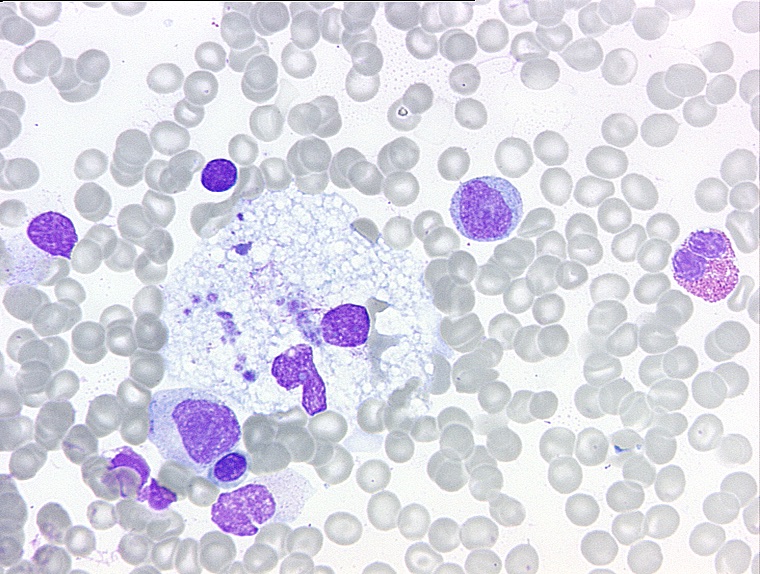09.07.2025
1st ASMD Workshop: Focus on Neurological and Psychiatric Involvement
Experts shared clinical and research insights into neurological and psychiatric symptoms in ASMD, ranging from infantile type A to late-onset adult cases.
Our teacher, our mentor, our doctoral advisor: Professor Michael Beck, whom we still called our "chief" with great pleasure, has gone. He leaves behind a big blank.


Experts shared clinical and research insights into neurological and psychiatric symptoms in ASMD, ranging from infantile type A to late-onset adult cases.
Clinical research for lysosomal diseases is fortunately receiving more and more attention. We would like to help you stay up to date and inform you accordingly about studies currently taking place.
An overview of the current therapy concepts with gene therapy, haematopoietic stem cell transplantation (bone marrow transplantation), enzyme replacement therapy, substrate reduction therapy and chaperone therapy is scientifically presented in the article "Precision Medicine for Lysosomal Disorders" (Jul 26 2020). Furthermore, we have tried to illustrate the topic of therapy concepts for lysosomal diseases in a comic.

GM2-Gangliosidosis can be caused by a deficiency of hexosaminidase A (Tay-Sachs disease), or of hexosaminidases A and B (Sandhoff disease) or of GM2 activator protein (GM2 activator defect). Based on clinical features, the diseases cannot be distinguished. In the classic clinical picture, a pronounced sensitivity to noise is noticeable in the very first months of life. Loud noises such as closing doors or clapping hands lead to Moro-like motor manifestations. Already before the 6th month of life the motor development is limited. The diagnosis is often made because a cherry red spot is found during the ophthalmological examination. The infants are hypotonic, have poor head control. Verticalisation is delayed. A macrocephalus develops. At the beginning of the second year of life, the infants lose again their laboriously acquired abilities as well as vocalization and become blind. As a rule, the course is complicated by an epilepsy that is difficult to treat. Non-classical forms of the disease - described as juvenile or adult forms - are difficult to diagnose because the classic features are missing. The main findings in attenuated forms of epilepsy are motor developmental disorders and seizures with and without myoclonies in childhood, adolescence and young adulthood, a combination of early dementia, psychosis (often delusional), ataxia and distal paresis (motor neuron disease as in Friedreich's ataxia).
Lysosomal Storage Disorders (LSDs) are a group of more than 50 rare hereditary metabolic diseases. The diseases are characterized by an abnormal accumulation of various toxic substances in the body cells as a result of enzyme defects.
Lysosomal storage diseases affect the lysosome, a structure in the cells that breaks down substances such as proteins, carbohydrates and old cell parts so that the body can recycle them. As a result, various parts of the body may be affected, including the skeleton, brain, skin, heart and central nervous system. New lysosomal storage diseases continue to be identified.
